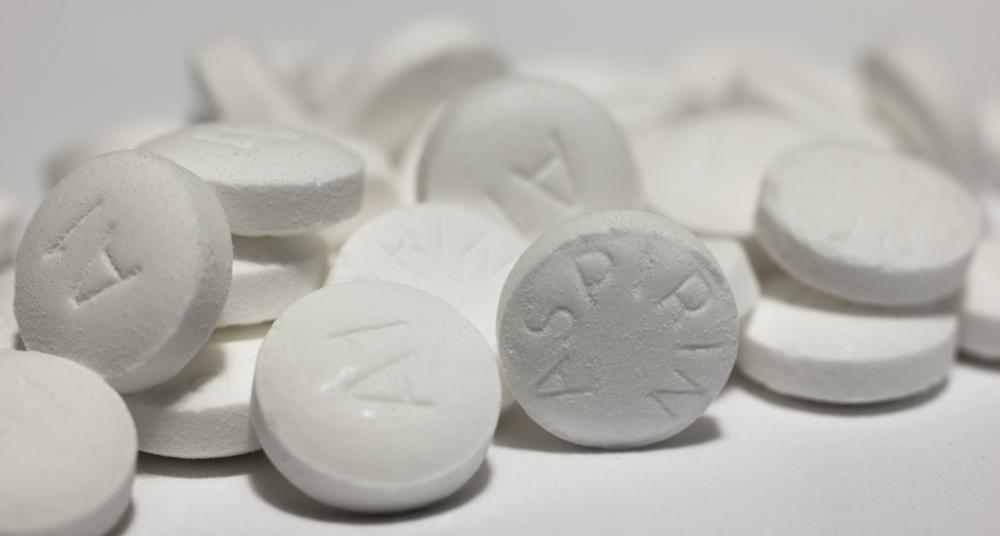At WiseGEEK, we're committed to delivering accurate, trustworthy information. Our expert-authored content is rigorously fact-checked and sourced from credible authorities. Discover how we uphold the highest standards in providing you with reliable knowledge.
What is Tricuspid Atresia?
The tricuspid valve is located between the right ventricle and atrium, and opens to allow blood to pass from the atrium to the right ventricle. In tricuspid atresia, this valve fails to form properly and generally completely blocks the flow of blood from the atrium to the ventricle. Tricuspid atresia causes immediate problems in the newborn and necessitates emergency medical care.
As blood cannot get to the right ventricle in tricuspid atresia, it cannot pass to the lungs for oxygenation. This can mean that the right ventricle is also malformed as in hypoplastic right ventricle. Often, a ventricular septal defect and an atrial septal defect may be present, which allows a little bit of blood to pass to the pulmonary valve, but this does not provide enough to properly oxygenate the body.

Tricuspid atresia is generally addressed in three staged surgeries. It is not a repairable defect, but can be alleviated through surgery. Alternatively, parents may opt for transplantation. In general, though, parents opt for surgical alleviation as it has a better survival rate in the onset and can significantly delay the eventual need for transplantation. It is sometimes possible to repair or replace the tricuspid valve, but generally not possible in tricuspid atresia because of its complete closure and its effects on the right ventricle.

Shortly after the baby with tricuspid atresia is born, a cardiothoracic surgeon places a small shunt in the heart to allow mixed blood to flow into the pulmonary valve. The Blalock-Taussig shunt will give the baby time to grow before coming back to the hospital in about three months for the Glenn shunt. The Fontan completion usually occurs three to five years after the Glenn shunt. At that time, the right side of the heart will not need to function, as blood returning to the lungs will completely bypass the heart. The heart will only need to pump blood to the body, and while the right ventricle may be abnormal, the left ventricle is generally properly sized and works well.

Children with right-sided flow defects like tricuspid atresia and hypoplastic right heart tend to have a slightly better survival rate than those born with left-sided defects. The left ventricle in the normal heart is larger and more muscle-bound than the right ventricle. It is ideally suited for the situation the Fontan completion creates. Conversely, those children who have tiny left ventricles must rely on the weaker right ventricle to pump blood to the body. Though in both cases, the heart will eventually begin to fail and require transplant, left ventricles tend to survive as sole pumping chambers for slightly longer.

In tricuspid atresia or hypoplasia of the right ventricle, long-term survival of the Fontan has been estimated to be between 15-30 years before a transplant is necessary. More recent studies have suggested longer timeframes. Though children undergo three surgeries when they are still young, they are considered more viable and less risky than transplant. Also, availability of donor hearts, particularly for infants, is minimal.
The Fontan results in a peculiar arrangement of the heart’s “plumbing,” but does not usually restrict the child with tricuspid atresia from normal activities. Cardiologists may make some prohibitions regarding participation in competitive sports. Children must also be followed on a yearly basis to assure the Fontan is adequate.
Children with tricuspid atresia, and most other heart flow defects, must take daily low dose aspirin and require antibiotics prior to dental procedures. In general, however, the child with surgically alleviated tricuspid atresia can look forward to many years of health. Continued improvements in transplantation technology may result in much higher life expectancy rates than are current, since transplant is now ultimately required.
AS FEATURED ON:
AS FEATURED ON:














Discuss this Article
Post your comments